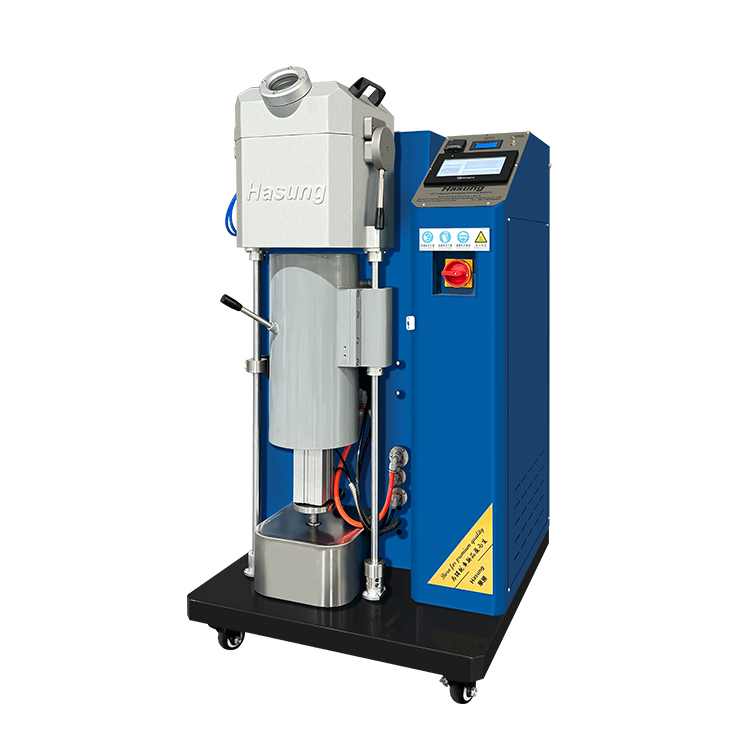In the jewelry world, the debate between machine-made jewelry and handmade jewelry has been going on for decades. With the advancement of technology, especially in the field of jewelry making machines and vacuum pressure casting machines, the landscape of jewelry production has changed dramatically. This article explores the advantages of machine-made jewelry, particularly in the context of modern manufacturing techniques, while also acknowledging the unique appeal of handmade jewelry.
Learn the basics: machine-made jewelry vs. handmade jewelry
Before delving into the advantages of machine-made jewelry, it is necessary to understand the fundamental differences between machine-made and handmade jewelry. Handmade jewelry is carefully crafted by artisans who put their creativity and skill into each piece, often resulting in unique, one-of-a-kind items. Machine-made jewelry, on the other hand, is produced using advanced machinery that allows for mass production and design consistency.
The function of jewelry making machine
Jewelry making machines have revolutionized the way jewelry is produced. These machines can perform a variety of tasks, from metal cutting and shaping to polishing and finishing. Among these machines, vacuum pressure casting machines stand out for their ability to create complex designs with precision and efficiency.
What is a vacuum pressure casting machine?
A vacuum pressure casting machine is a specialized piece of equipment used to cast metal into molds during the jewelry making process. The machine works by creating a vacuum to remove air bubbles from the molten metal, ensuring a smooth, flawless surface. There are several advantages to using such machines, especially when producing high-quality jewelry.
Advantages of machine-made jewelry
1. Consistency and Accuracy
One of the most significant advantages of machine-made jewelry is the consistency it provides. When using jewelry making machines, each piece can be produced to precise specifications, ensuring that each piece is consistent in size, shape, and finish. This level of precision is especially important for large jewelry manufacturers who need to maintain a consistent product line.
2. Efficiency and speed
Rapid production is possible using vacuum pressure casting machines and other jewelry making machines. While handmade jewelry can take hours or even days to create, machines can produce multiple pieces in a very short time. This efficiency not only reduces production costs but also enables manufacturers to meet high demand without compromising quality.
3. Cost-effectiveness
Machine-made jewelry is generally less expensive than handmade jewelry. The reduced labor costs associated with machine production, combined with the ability to produce in bulk, means consumers can enjoy high-quality jewelry at lower prices. This convenience has made machine-made jewelry popular with a wider audience.
4. Complex design
With the capabilities of modern jewelry making machines, intricate designs that would be difficult to achieve by hand can be easily produced. For example, vacuum pressure casting machines can create detailed patterns and textures that enhance the beauty of jewelry. This level of detail is often difficult to replicate in handmade pieces, making machine-made jewelry a top choice for those seeking design sophistication.
5. Durability and Quality Control
Machine-made jewelry typically undergoes a strict quality control process. Manufacturers can implement standardized testing and inspections to ensure that each product meets specific quality standards. Additionally, the materials used in machine-made jewelry are generally more durable because they are sourced and machined with precision. This allows the piece to stand the test of time, making it a worthwhile investment.
6. Innovation and Technology
The fusion of technology in jewelry making has led to innovative designs and techniques that were previously unimaginable. With the advent of computer-aided design (CAD) software, designers can create complex models that can be translated directly into machine production. The fusion of art and technology brings a level of creativity that enhances the overall appeal of machine-made jewelry.
The unique charm of handmade jewelry
While machine-made jewelry offers many advantages, it’s also important to recognize the unique appeal of handmade jewelry. Handmade jewelry often tells a story and reflects the artisan’s personal style and creativity. Each piece is imbued with the passion of its maker, making it special in a way that is not found in mass-produced products.
1. Personality and uniqueness
Handmade jewelry is often one-of-a-kind, with each piece reflecting the artisan’s style and vision. This personality attracts consumers looking for something special and unique. In contrast, machine-made jewelry, while consistent, may lack the personal touch that many buyers are looking for.
2. Craftsmanship and skills
The craftsmanship of handmade jewelry is a testament to the skill and dedication of the craftsmen. Many craftsmen spend years honing their craft, producing pieces that showcase their expertise. This level of craftsmanship is difficult to replicate with machines, making handmade jewelry a celebration of human creativity.
3. Sustainable Practices
Many craftsmen prioritize sustainable practices in their work, using ethical materials and environmentally friendly techniques. This commitment to sustainability resonates with consumers who value eco-conscious choices. While some machine-made jewelry makers are also embracing sustainable practices, the personal connection to the materials found in handmade jewelry often enhances its appeal.
Conclusion: A balanced view
In the debate between machine-made jewelry and handmade jewelry, both sides have compelling advantages. Machine-made jewelry, especially jewelry produced using advanced jewelry making machines and vacuum pressure casting machines, excels in consistency, efficiency, and intricate design capabilities. It provides consumers with affordable, high-quality options that meet the demands of a fast-paced market.
Handmade jewelry, on the other hand, has a unique charm that celebrates individuality, craftsmanship and sustainability. A craftsman’s personal touch can create a connection that machine-made pieces may lack.
Ultimately, choosing between machine-made or handmade jewelry comes down to personal preference. Some consumers may prioritize the affordability and precision of machine-made jewelry, while others may seek the unique story and craftsmanship found in handmade jewelry. As technology continues to evolve, the jewelry industry may see both approaches coexisting harmoniously to cater to varying tastes and preferences.
Post time: Oct-23-2024












